🌍 COP26: Explaining The Summit
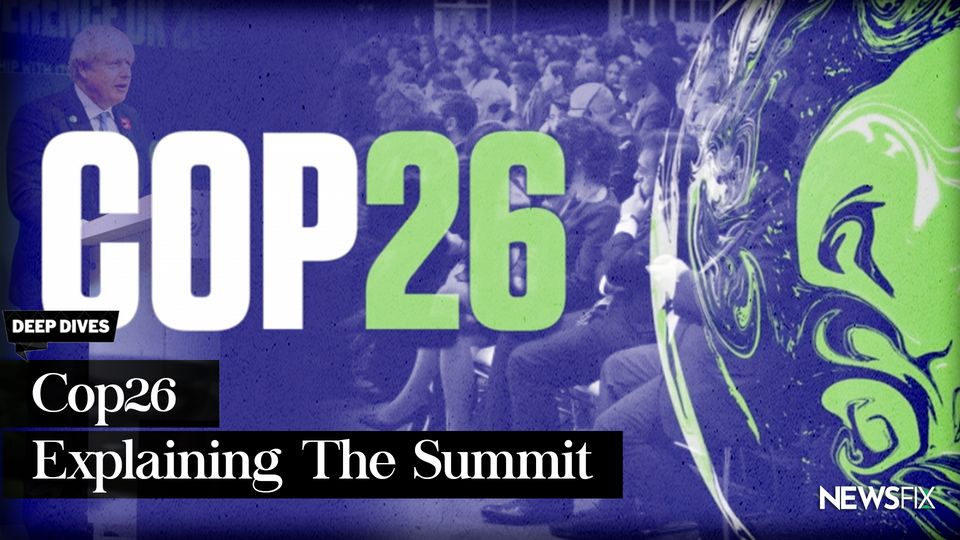
Morning all,
The COP26 summit, which begins on Sunday, has been described as humanity’s "best and last chance" to get the climate emergency under control.
The summit will last for two weeks and undoubtedly command a lot of press attention.
Here at NewsFix, we thought we’d tell you everything you need to know about the event - to help you make sense of it all.
Until Monday,
Your Fixers
CODE RED
The 2021 UN IPCC report labelled global warming as “code red for humanity”.
Climate change is often considered one of the most vital issues for young people in particular, due to the threats it poses to lives and livelihoods, not to mention wildlife.

WHAT IS 'COP'?
COP stands for 'Conference of the Parties'.
There are 197 'parties' - 196 countries plus the European Union. They are all signed up to the United Nations Framework Convention on Climate Change (UNFCCC) - an international treaty which was set up in 1992.
Since 1995, the United Nations has been bringing together almost every country on earth for 'COPs'.
They are attended by thousands of government delegates and people from civil society, business and the media.
The aim of these summits is to review how climate change is being managed domestically and internationally, and to advance climate action.
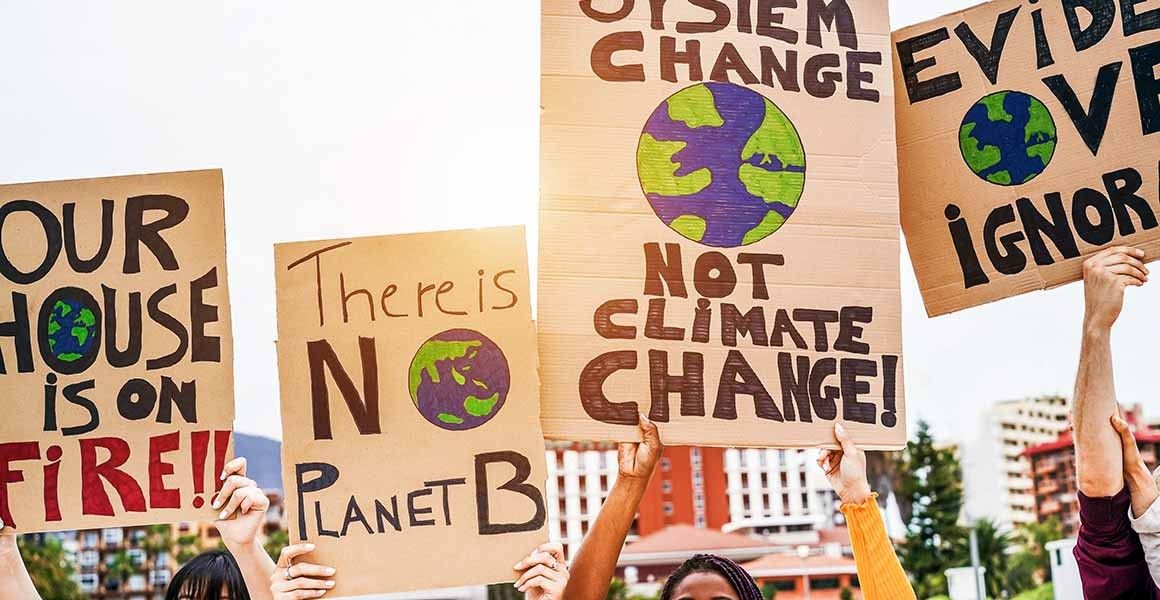
COP26
COP26 - the conference about to begin - is named that way simply because it is the 26th COP summit to occur.
It will be held in Glasgow, Scotland, and was originally due to occur in 2020 but was delayed because the pandemic. As Channel 4 News noted, it will be "the biggest diplomatic event the UK has ever staged".
More than 100 world leaders are expected to attend - alongside thousands of negotiators and government representatives. The conference will last for 12 days, and is being hosted by the UK in partnership with Italy.
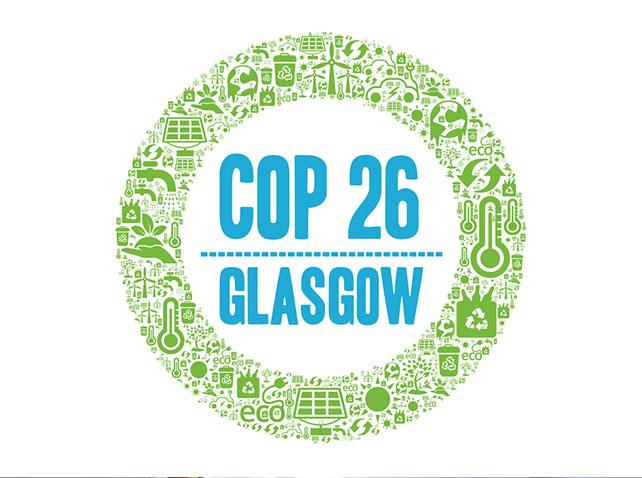
WHAT HAPPENS AT COP?
The aim of COP is to advance climate action - something mainly achieved by agreements between countries.
So, we can expect plenty of meetings and negotiations. Compromise can be difficult; COP26 will see 197 parties attempting to find common ground.
Worth noting: Speaking to how difficult compromise can be, it will bring together small island nations, at risk of submersion by rising sea levels, with countries profiting the most from fossil fuels.
Two Zones: The conference will take place in two zones.
In the Blue Zone will be those tasked with coordinating the global response to climate change - including the delegates of the parties. Ideas will be put forward and the wording of any agreement negotiated.
Separately, there is a Green Zone - which will be open to the general public. In that zone, events such as presentations and art exhibitions will be taking place.
WHO IS ATTENDING?
All 197 parties can send a delegation, and more than 100 parties are expected to send their leaders - but only some have been confirmed. These include the leaders of the UK, France, Australia, Canada and Turkey.
America's 180: US President Joe Biden, a supporter of the Paris Agreement, will also be in attendance. This makes for an interesting contrast with his predecessor, President Trump, who withdrew from the accord - stating he "was elected to represent the citizens of Pittsburgh, not Paris”.
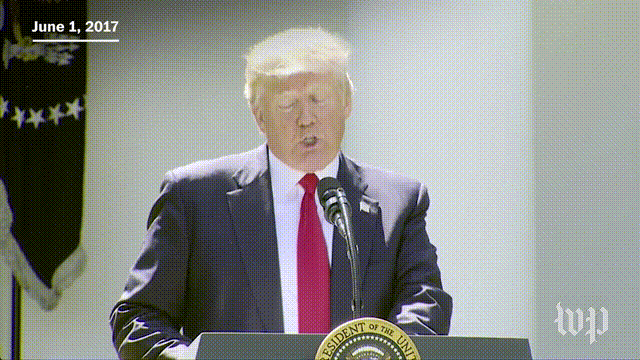
The Trump Administration rolled back a range of environmental regulations, labelling them as “anti-growth”.
Indeed, Trump’s US - alongside Australia and Brazil - were called out for inhibiting progress at COP25. Biden, however, has changed tack - and is seeking to “reverse” the policy of his predecessor .
Prominent individuals attending include Sir David Attenborough, and Greta Thunberg. The Queen had been scheduled to speak, but will no longer attend in person “following medical advice to rest”.
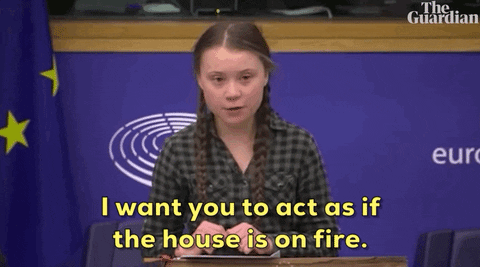
WHO ISN'T ATTENDING?
China's President Xi Jinping and Russia President Vladimir Putin are two key players who are not attending this year's COP26 summit in person.
Why is this so significant? Because together, China and Russia produce almost a third (32%) of the global CO2 emissions. It's a shame, when you see below how well they work together 😎

However, it is important to note that while there have been many headlines about them not attending in person, Russia is sending a delegation, and President Xi Jinping is expected to appear via video link.
Last year, Beijing announced its plan for net-zero emissions by 2060. Climate Action Tracker (CAT), an independent scientific analysis website, rated China’s current policies as “highly insufficient”.
Putin has not specified why he won’t be attending - but did say coronavirus would be a factor in his decision. On Thursday, Moscow introduced its strictest COVID-19 lockdown measures in more than a year.
The Russian government previously said that addressing climate change is “one of our foreign policy’s most important priorities”, while CAT rates Moscow’s climate policies as “critically insufficient”.
THE PARIS AGREEMENT
COP26 is particularly significant because the Paris Agreement is due to be reassessed for the first time.
The Paris Agreement was a legally binding agreement made at COP 21 in 2015. It saw almost every country in the world agree to work together to limit global warming to well below 2C°, and aim for 1.5C°.
Every party signed up to cut their carbon emissions - but it is up to them individually how they will achieve this.
These are called Nationally Determined Contributions (NDCs). The Agreement also saw richer countries pledge to assist poorer countries in achieving this.
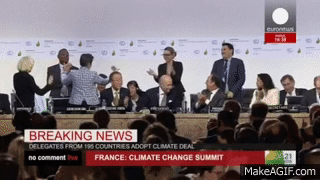
WHY 1.5C?
According to The UN, at 2°C of global warming, there would be widespread and severe impacts on people and nature.
At 1.5°C, they say impacts would be serious, but less severe. Risk of food and water shortages would be reduced, as would the extinction of species and economic damage. Threats to health from pollution, disease, malnutrition and heat would also be lessened.
TIME TO REASSESS
The Agreement is due to be reassessed every five years, and as mentioned COP26 will be the first time this has happened. Countries will show how they are meeting their national targets, with progress towards limiting global warming to 1.5°C also discussed.
According to experts, the commitments made in Paris are incompatible with the 1.5C° target, as the graph below shows. Rather, they would result in warming above 3C° by 2100. Countries are being urged to improve upon their commitments for COP 26.
NET-ZERO
It is expected that countries will be asked to bring plans to help the world reach net-zero by the middle of this century.
What is net-zero? Producing less carbon than we take out of the atmosphere. Phasing out fossil fuels and switching to renewable energy is central to achieving this.
Some countries - including the hosting UK, have already passed laws to become net-zero by 2050. According to the director of The Energy and Climate Intelligence Unit, “the majority of these targets are just targets — but still, it shows how quickly policymakers are grasping the science”.
IS THE WORLD ON TRACK?
Currently, around 70% of the world economy is covered by net zero targets (as shown below).
However, targets don’t necessarily equal action. A recent study found that if current trends continue, global emissions will be 16% higher in 2030 than they were in 2020.
THE HOSTS OF COP26
In the build up to the summit, the UK’s credentials have been scrutinised.
Prime Minister Boris Johnson may describe this summit as “crucial”, but has his own history of downplaying climate change. Also, the criticism has been about more than just the prime minister’s words.
In October, it was reported that the UK government will approve a new oil field development off the coast of Shetland.
In Cumbria, a new coal mine is currently being considered, and just last week MPs voted down an amendment to reduce raw sewage discharges into seas and rivers - which, following public outcry, resulted in a government U-turn.
Some critics have even accused the UK government of moving “backwards” on climate.
REASONS FOR OPTIMISM?
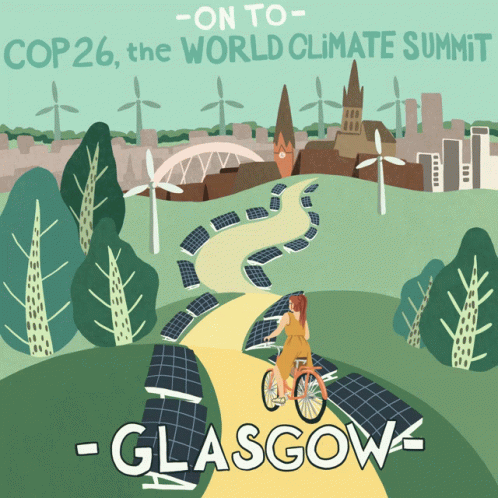
It is of note, however, that in the build up to COP26 there have been some positive developments.
In September, China announced it would stop building coal-fired power plants overseas, in its efforts to cut carbon emissions. Though domestically, China burns 50% of the world’s coal.
In October, it was reported 35 countries have joined a pact to cut methane emissions by 30% by 2030 - including nine of the 20 biggest methane emitters.
Methane is far more damaging than CO2, but remains in the atmosphere for less time. Additional signatories are expected to be revealed at the summit - so this is worth keeping an eye on.
Some analysts have pointed towards the "extraordinary sense of momentum" surrounding this summit.
However, commitments from the world's top carbon emitters is vital. After all, the top three greenhouse gas emitters contribute 16 times more the emissions of the bottom 100 countries.
Over the next two weeks, we will be updating you with a 'climate coverage' section in each newsletter - and any day after that where there is significant news to share.
We hope this piece serves as a helpful foundation in understanding the COP26 climate, and the jargon surrounding it.
Thank you for reading!
